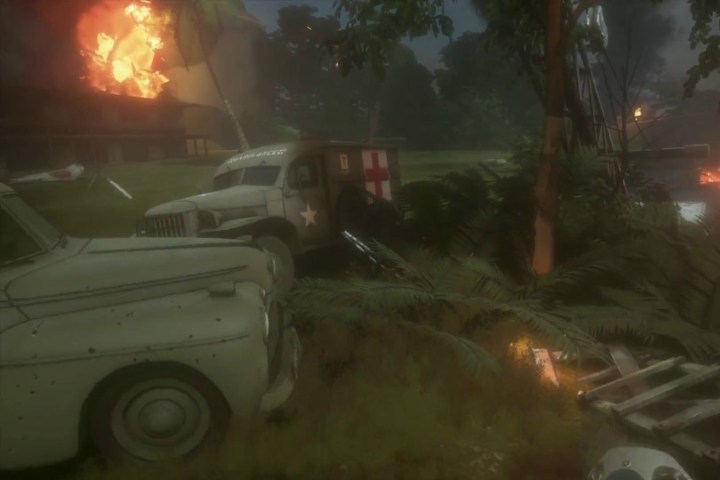
The ability to live out a piece of history is another great use for VR. Being able to experience a historical event from smack dab in the middle of the action lends both reality and weight to it, and HTC partnered with Time to bring Japan’s attack on Pearl Harbor to life.
Pearl Harbor, Hawaii, was the scene of a sneak attack by the Japanese navy on December 7, 1941, and it kicked off World War II in the Pacific. Time possesses extensive historical archives from the attack that have been merged with material from the National WWII Museum and the U.S. Library of Congress to create a realistic rendition of the attack titled Remembering Pearl Harbor.
The HTC Vive and Time’s LifeVR initiative have combined to bring the events to life from the perspective of Lt. Jim Downing, among the oldest survivors of the attack still alive to tell his story. Liz Ronk, photo editor for Time describes the project by saying, “Drawing from the extensive holdings of the Life archive, we were able to feature original issues of Life magazine that would have been in the homes of Americans at the time along with photos by the staff photographers throughout the experience.”

Along with Downing’s first-person narrative, a mini-documentary provides information on how the VR experience was created. The event will be presented in commemoration of the 75th anniversary of the Pearl Harbor attack at an exhibition that will be open at the Intrepid Sea, Air, and Space Museum in New York City on Tuesday and Wednesday, and the Newseum in Washington, D.C., from Monday to December 11.
Editors' Recommendations
- The most common HTC Vive problems, and how to fix them
- How to watch HTC’s ViveCon today, the ‘most important VR event of the year’
- Oculus Rift vs. HTC Vive
- HTC Vive Cosmos Elite hands-on review: External tracking returns
- HTC Vive Cosmos vs. Vive Pro


